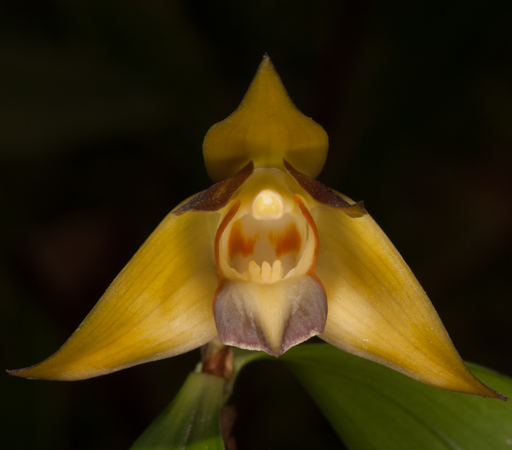Introduction
An analysis of many plant species in the eastern Himalaya, shows a unique pattern of plant growth – in an east-west corridor.
This note intends to study more about 3 orchid species that clearly agree with the east-west corridor assessment of plant species in the eastern Himalaya.
Discussion
The 3 species in the discussion are as below:
Herminium albovirens (Renz) X.H.Jin, Schuit., Raskoti & Lu Q.Huang
First described in the year 2001 and named Bhutanthera albovirens Renz was known to occur only in the Kingdom of Bhutan and is believed to be endemic to the region. It was located in the district of North Sikkim in the year 2012, from almost the same altitudinal range and habitat. The new discovery of the species is toward the western region from its earlier known habitats.
Gastrodia dyeriana King & Pantl.
One of the rarest rare orchids, this species was described in the year 1895 by King and Pantling. Interestingly, the species remained a mystery for more than 110 years, until it was rediscovered in the year 2012 in the same area where it was first located.
The same was again located in Ziro, Lower Subansiri District of Arunachal Pradesh in the year 2015, further east of its earlier known presence.
Bulbophyllum raskotii J.J.Verm., Schuit. & de Vogel
An epiphytic, the species was described in the year 2014 from Nepal. The same was located in the Tawang District of Arunachal Pradesh in 2017. Another example of the eastward presence of a species.
Conclusion
The pattern of new occurrences of various species to the east and west of their previous known presence is really a new subject of study. However, it is to be believed that these new habitats are existing for many decades or are even as old as their first descriptions. Thus the east-west corridor of plant presence is to be considered an indication of the typical geographical pattern in the region.
























